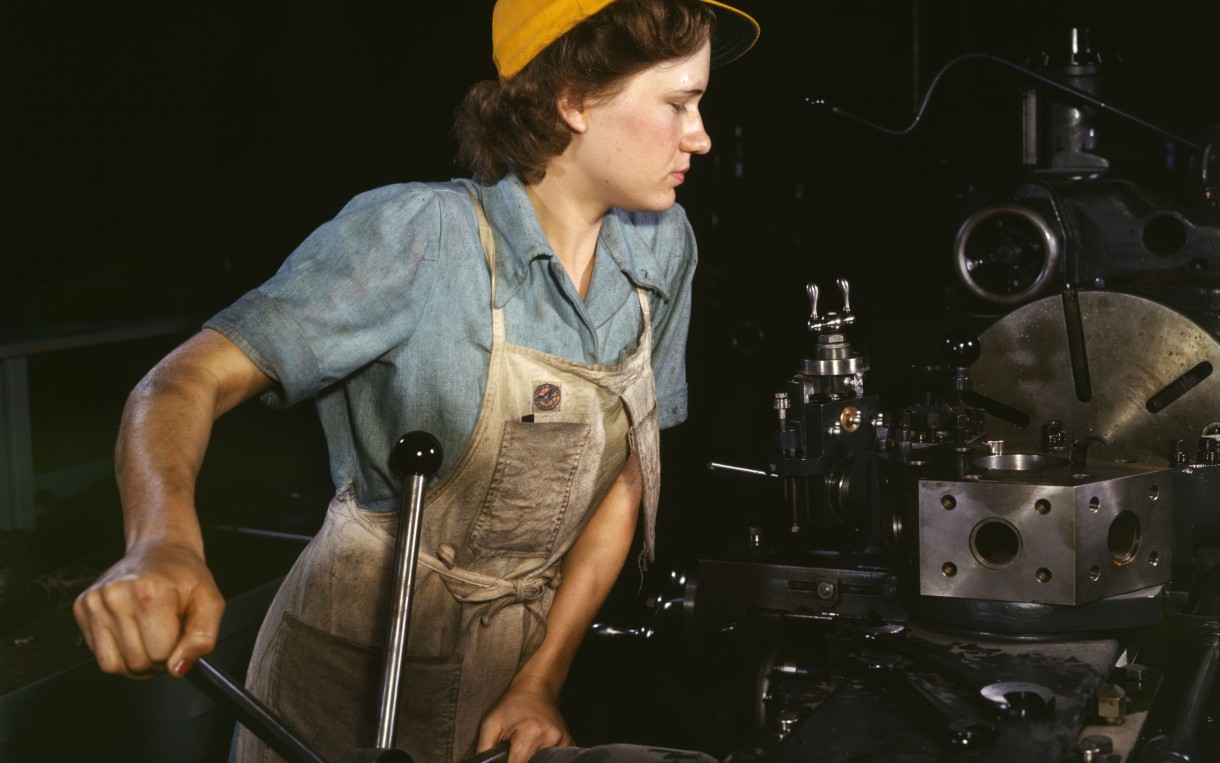Downton Abbey: Is US society much different today?
 Photo: Howard R. Hollem/US Library of Congress
Photo: Howard R. Hollem/US Library of Congress
“It always happens when you give these little people power. It goes to their heads like a strong drink.” ~The Dowager Countess of Grantham
The Dowager Countess is a staunch aristocrat who makes every effort to keep the Grantham family’s way of life preserved in the ever-popular Downton Abbey. The Masterpiece Classic series is set in the early 20th century, a time in which inequality was rife in the UK and the class divide was starting to unravel following WWI.
Is that really very different from our society today?
Despite our persistence in calling the United States the land of opportunity, a New York Times article in January pointed out that 62 percent of Americans (male and female) raised in the top fifth of incomes stay in the top two-fifths, while 65 percent born in the bottom fifth stay in the bottom two-fifths. It seems economic mobility persists as mainly a myth.
There is much discussion these days of the US minimum wage, with the Democrats suggesting that the Federal minimum wage be raised to $10.10 an hour by 2016 from the present $7.25. Over 21 states already have minimum wages that exceed the $7.25. In New York, where the minimum wage is $8.00, a yearly salary would amount to $16,000 per year based on a 40-hour workweek without paid holidays or sick days. Note that the poverty line for one person is $11,490 per year.
On the other hand, the CEOs of the largest companies made an average of $12.3 million in 2012 or some 354 times more than the typical American worker, who made $34,645 in 2012 according to the AFL-CIO. The divide between CEOs’ and their workers’ salaries has skyrocketed in recent years—in 1980 the ratio was at 42.
Workers at a Kellogg’s plant in Memphis, Tennessee have been shut out of making Frosted Flakes and Fruit Loops since October. While their CEO’s pay went up to nearly $7 million per year from 2011 to 2012, the workers are locked out because they have refused to accept new contract terms that would expand a pool of temporary employees that make $6 less an hour and receiving fewer benefits.
Kellogg has instituted a four-year program aimed at cutting costs, partly because demand for breakfast cereal is down as more consumers are eating on the go. It would seem that their new business development needs a new strategy, but instead Kellogg wants its factory workers—those with the least amount of say in the company about what it manufacturers—to take the brunt.
These factory jobs were actually considered good middle class jobs. Before overtime, the workers made $58,000 per year. But Kellogg is following a disturbing trend that has seen many workers vote down union representation, take on contracts with less pay or benefits, and agree to poor working conditions like no guarantee of hours. Workers faced the same with Boeing last year. The International Union of Food Workers, the umbrella union for these workers is not only battling with Kellogg but with other food manufacturers as well including Coca-Cola, PepsiCo, and Mondelez. By the way, their CEO pay in 2012 was $26 million, $13 million, and $29 million respectively.
And yet, plenty of companies have determined that paying their workers good wages and giving them good benefits is not just a cost to their bottom line. Evidence supports this. Zeynep Ton at MIT has conducted years of research that shows that Costco and other retailers who have invested in their workers reaped the benefits in their profits. The New York Times editorial board has also cited a number of studies that show minimum wage or pay increases do not damage business, and in fact, lead to less turnover and increased productivity.
It’s time for shareholders in companies like Kellogg to recognize that workers are an investment, like business development, technology or other company assets.
Of course the Dowager wouldn’t agree with me, but the reversal of undervaluing workers and overvaluing executives is what will help our country close the inequality gap.